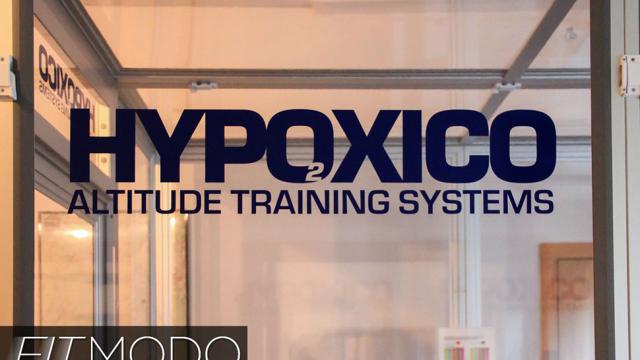Who knew such extraordinary altitudes could be found, hidden inside the towers of Manhattan’s Flatiron District? But, behind the nondescript door of a fifth floor office on 21st St, heights as great as the Himalayas are waiting to be scaled. Gizmodo took a deep breath and visited the atmospheric wizardry of Hypoxico, makers of high-altitude training facilities for professional sports teams and the world’s top endurance athletes.
Welcome to Fitmodo, Gizmodo’s gym for your brain and backbone. Don’t suffer through life as a snivelling, sickly weakling — brace up and get the blood pumping! Check back on Wednesdays for the latest in fitness science, workout gear, exercise techniques, and enough vim and vigour to whip you into shape.
The low-oxygen technology used by Hypoxico has been around, in its current form, for nearly 20 years; their first patent came way back in 1996, for implementing the controlled-atmosphere chambers now used in specialty athletic training.

Since those early days, their client list has grown to include endurance athletes, MMA fighters, Olympians and professional sports teams across the board, to name but a few.
If the medical evidence is to be believed, however, reduced-oxygen environments have potential effects far beyond the sports field, and that just might make them more common in the years to come. Hypoxic therapy has been studied as a potential treatmeant spinal cord injuries, heart disease, asthma, and even autism — and, at least for now, it seems to show a lot of promise.
But what is it, what does it do, and who, in the end, is reduced-oxygen training really for?
Altitude Simulation Architecture
On our visit to their office in the Flatiron District, I met with Matt Formato, Matt Eckert, and Brian Oestrike from Hypoxico, not only to learn a bit more about the technology but to experience some reduced-oxygen breathing first hand.
Hypoxico not only designs and fabricates the structures required for low-oxygen training — such as large tents known as “sleeping chambers” and full-scale exercise rooms called “altitude training chambers” — but it also specifies and distributes the pumps through which these structures operate.

There are various pumps, as well, from a more or less portable, domestic-scale version to locker-sized, roaring behemoths that can reduce the oxygen content inside whole buildings, whether they’re gyms, speciality training facilities, or, as we’ll see below, an entire hotel.
I would thus put Hypoxico at least as firmly in the world of architectural design and contracting as I would in the world of athletic tech and fitness gizmos: their products are an entire new class of architectural structure, more like experimental greenhouses for athletes.

Image courtesy of Hypoxico
What these pumps do is reduce the amount of breathable oxygen — normally around 21% at sea level — to as low as 9% in the attached sleep tent or training chamber. 9%, 11%, 15% — these are the concentrations of oxygen as experienced in the much-thinner air of high elevations.
The takeaway is that this is a way of mimicking the atmospheric conditions you would find up there — in a city like Denver, Colorado, for example, or way up on the peaks of the Himalayas. In other words, using hypoxic architecture, you can sleep for the entire night inside a sealed tent whose internal atmosphere has been programmed to resemble, say, Zurich or Lhasa. It’s like falling asleep inside the atmospheric representation of a distant landscape.
Hypoxico do this using a proprietary pump that can filter the oxygen out of the ambient air of one room and then pump the reduced oxygen — or hypoxic — air supply into a fully sealed training chamber.
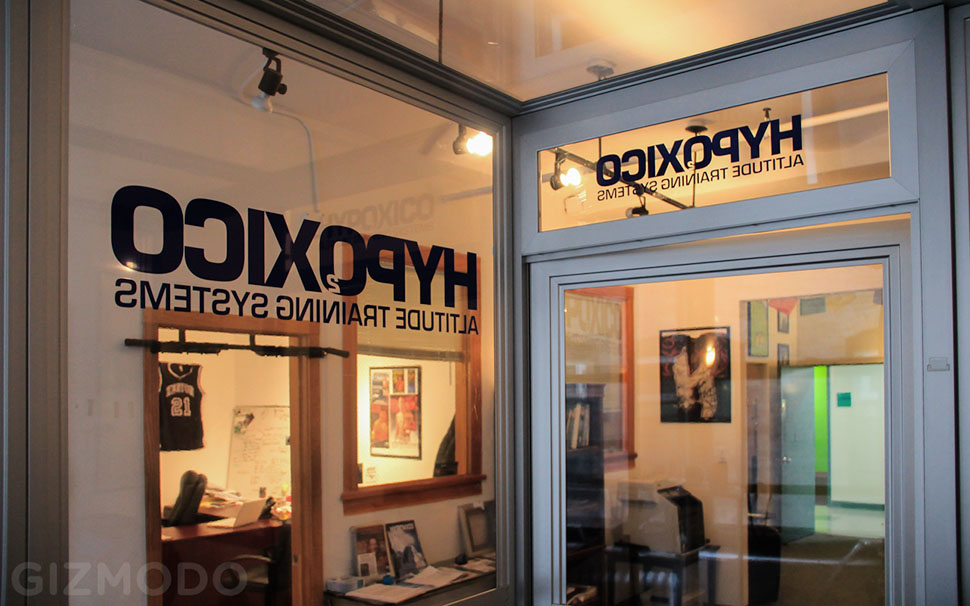
It is a modular room within a room, its transparent vinyl walls clipped into place using “Air Lock” paneling.

The missing oxygen doesn’t disappear, obviously, but is simply vented back into the outside room as high-oxygen exhaust (technically speaking, although this is not part of the company’s sales pitch, this thus mimics the oxygen-rich air you might find at lower elevations).
Intermittent Hypoxic Training
Exercising inside one of these rooms is known as “intermittent hypoxic training.” The athletic effects of this include a more efficient use of oxygen, stronger cardiovascular resilience, and an improved ability to “buffer lactate,” thus holding back the chest-burning agony of endurance sports.
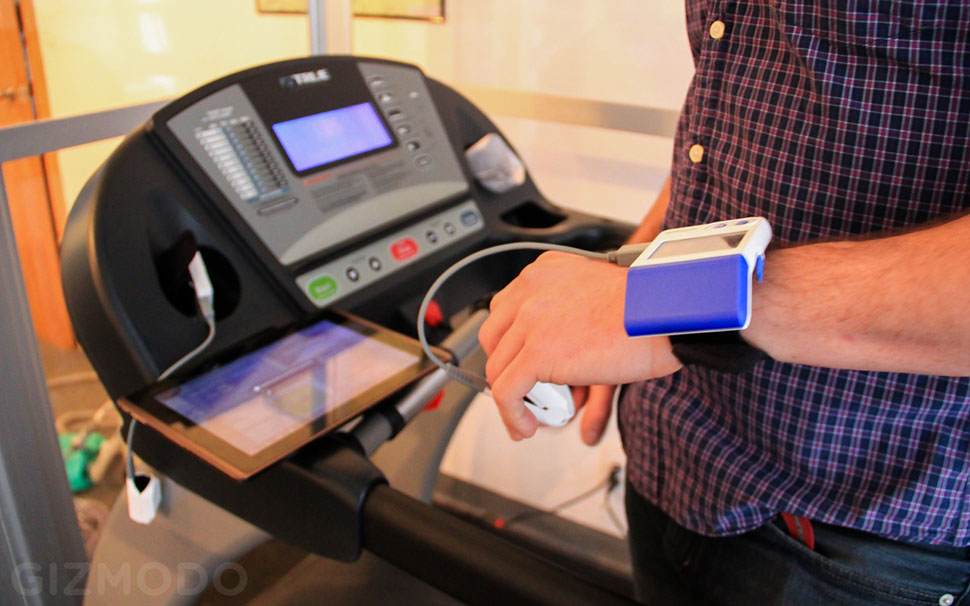
What this means, for example, is that if your low-altitude basketball team will be going up — literally — against a high-elevation opponent, such as the Denver Nuggets, you can help prepare them for this change in altitude by making them train inside hypoxic chambers.
To assist with this, Hypoxico also has its own app — currently only available on the Android platform — for monitoring heart rate, blood-oxygen levels, and more, and your results can all be saved and exported as a PDF.
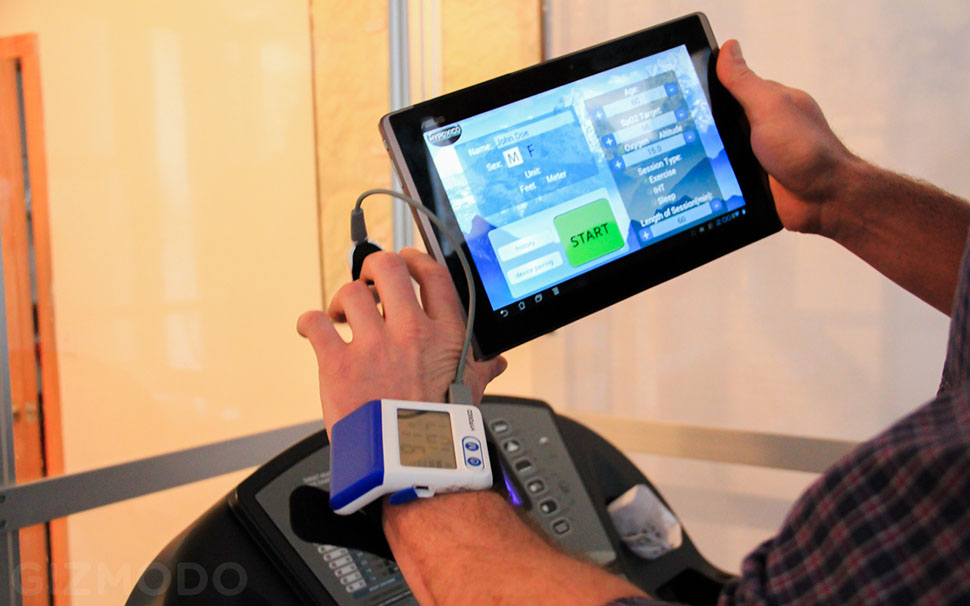

To demonstrate this, Hypoxico’s Matt Formato grabbed a small stack of papers that had come in from the New York Jets, he explained.
These included graphs of the players’ oxygen-use data which would be given a quick scan by the company in order to ensure the athletes were using the equipment as expected.
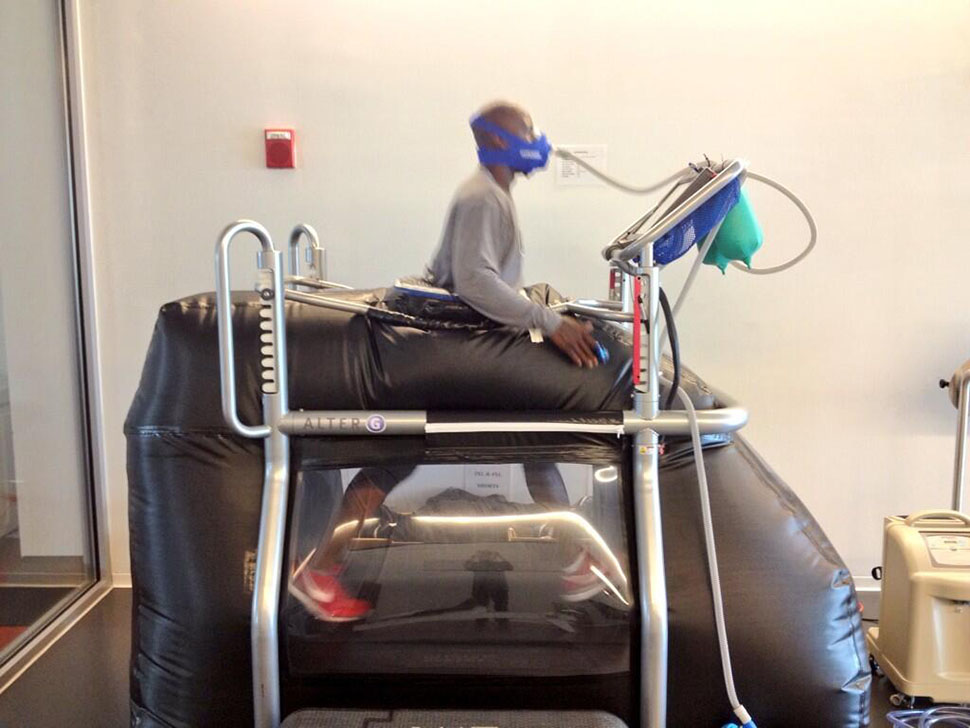
NFL star Santonio Holmes hooked up to a hypoxic mask for training; photo courtesy Hypoxico
But this had a distinctly sci-fi feel to it, as if there were rooms somewhere out there in the greater New York area, and here was the medical data from people who had decided to enter them, like physiological read-outs from people exposed to an atmospheric simulation.
Designing the Air
So that’s the athletic side. Speaking for myself, what is so genuinely fascinating about Hypoxico’s products is the architectural implications of these low-oxygen environments.
For example, in order for the exercise chamber that we stood within to be air-conditioned, waste heat from the internal A/C unit had to be pumped outside into the skies of Manhattan, and this meant that the team had to find a way to vent this room within a room out the window, bypassing the actual room it stood within.
This was when I began to notice that there were pipes and tubes everywhere, snaking across the floor, out the window, into little gauges, and devices I couldn’t really keep track of. It was like standing inside an artificial lung.
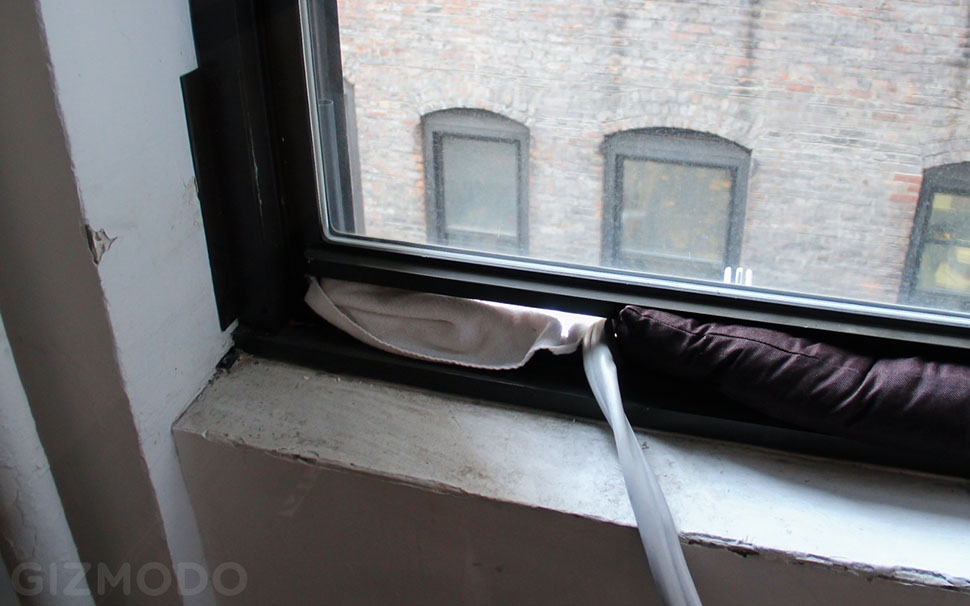
Further, the team had actually used weather stripping to seal off their own boardroom so that it, too, could be turned into a low-oxygen environment.
This meant that a new, parallel system of ventilation had been introduced into the building, pumping hypoxic air into the meeting room through a grill located down near the floor. If you didn’t know what you were looking for, you would have no idea that this little hole in the wall was supplying a reduced-oxygen mix for everyone inside.
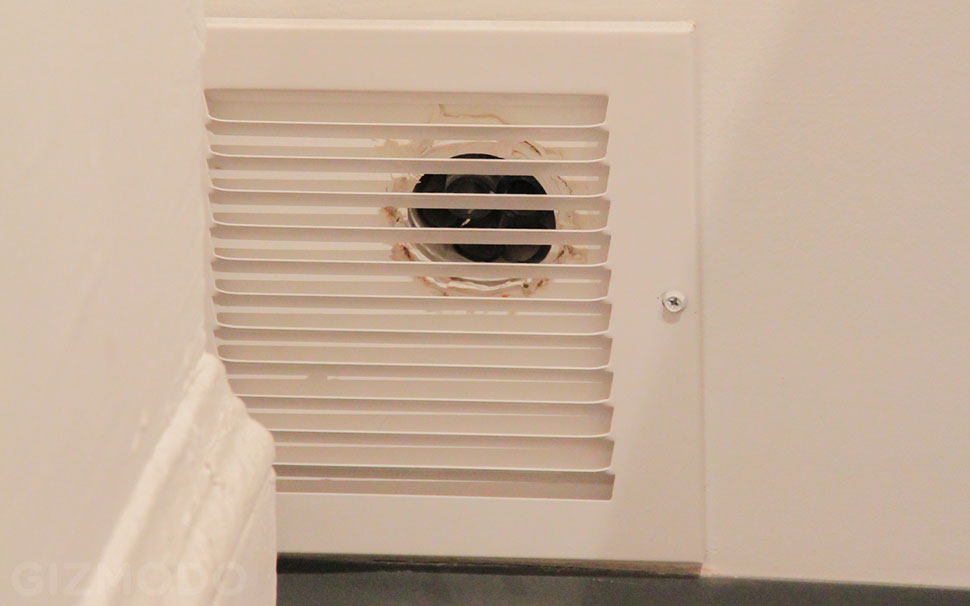
As they took me around the office — lined with signed photos of athletes, a New York Giants helmet, and posters from ski slopes around the world — I was reminded of a bizarre architecture project proposed in the 1920s by Russian architect Konstantin Melnikov.
The Hypoxic Hotel
Melnikov’s proposal was never built, but it imagined a sprawling structure whose overarching goal was to make people sleep better, and it would do this by allowing for the precise control of everything from the air itself to the internal smells and sounds of the sleeping rooms, even down to the slope of the floor.
As historian Frederick Starr was quoted in a great article published in Cabinet Magazine a few years back, “At either end of the long buildings were to be situated control booths, where technicians would command instruments to regulate the temperature, humidity, and air pressure, as well as to waft salubrious scents and ‘rarefied condensed air’ through the halls.”
The sleeping chambers would also be carefully soundtracked. “Specialists working ‘according to scientific facts’ would transmit from the control centre a range of sounds gauged to intensify the process of slumber,” Starr adds. “The rustle of leaves, the cooing of nightingales, or the soft murmur of waves would instantly relax the most overwrought veteran of the metropolis. Should these fail, the mechanised beds would then begin gently to rock until consciousness was lost.”
In any case, I’m aware that this is a random thing to mention here, but I was blown away when Formato told me that Hypoxico had been hired last year to help with the design an entire reduced-oxygen hotel in Siberia that would offer various levels of atmospheric exposure to Russian athletes.
At the time, this was considered something of a secret weapon — presumably in preparation for this month’s Winter Olympics in Sochi — and it received limited media exposure at the time. It was like a top secret, wildly ambitious variation on such things as the luxury hypoxic exercise room or “High Altitude Suite” at the Jumeirah in Dubai. However, Formato pointed out, a related mobile hypoxic facility made the Russian news: a van kitted out with reduced-oxygen interior for a quick-stop atmospheric experiment on wheels, and Hypoxico is experimenting with other forms of mobile training chambers.
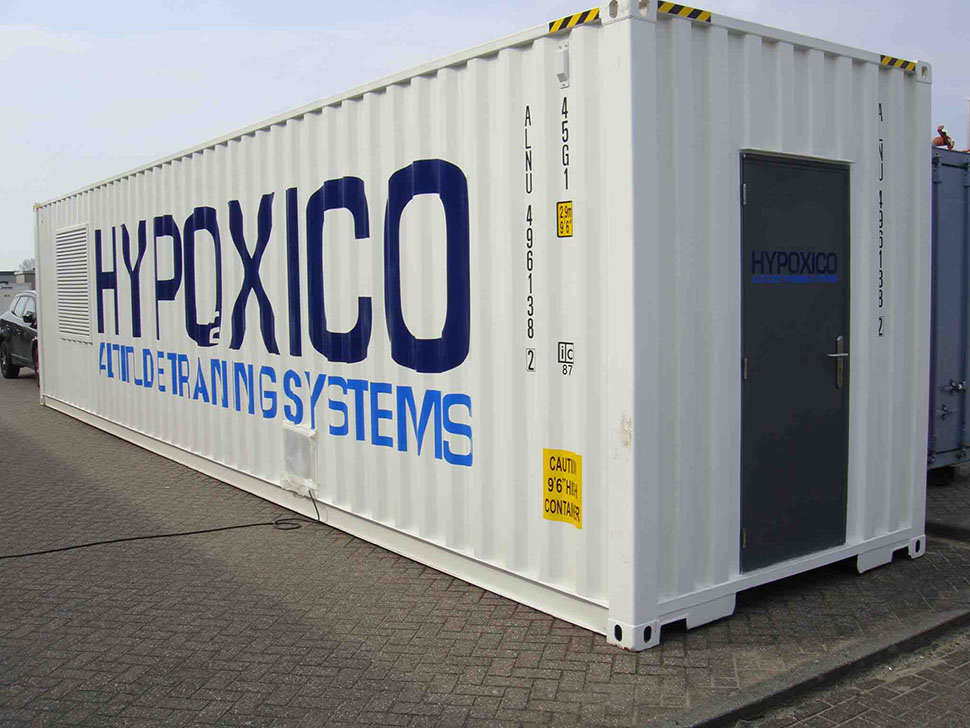
Image courtesy of Hypoxico
This mysterious Siberian hotel, sounding like something out of a James Bond film, included 37 rooms, each of which can be maintained at different oxygen levels. One room might be roughly equivalent to Salt Lake City, for example, another to Denver, another to Geneva, another to Sochi, another to the slopes of Mt. Kilimanjaro.
In other words, it’s like Melnikov’s surreal sleep lab from the 1920s — only it’s real. It seems worth emphasising for anyone who has read this far that something once considered a highly avant-garde, even impossible architectural experiment has, in fact, been realised — but by an athletic tech company based in New York City.
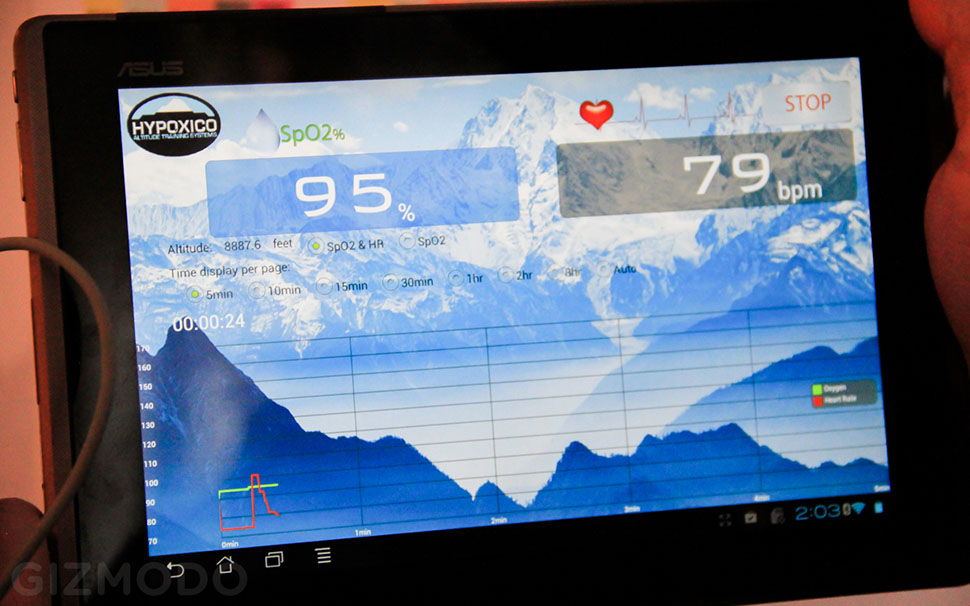
It’s precisely this combination of athletic technology, atmospheric simulation, and avant-garde architectural experimentation that makes Hypoxico such a fascinating company — and seemingly one, if the data pans out, with a wide-open future in fields as diverse as endurance training and spinal cord rehabilitation.
But it is also why they are a perfect match for Fitmodo, combining innovation at different scales in the name of improving athletic performance. [Hypoxico]
